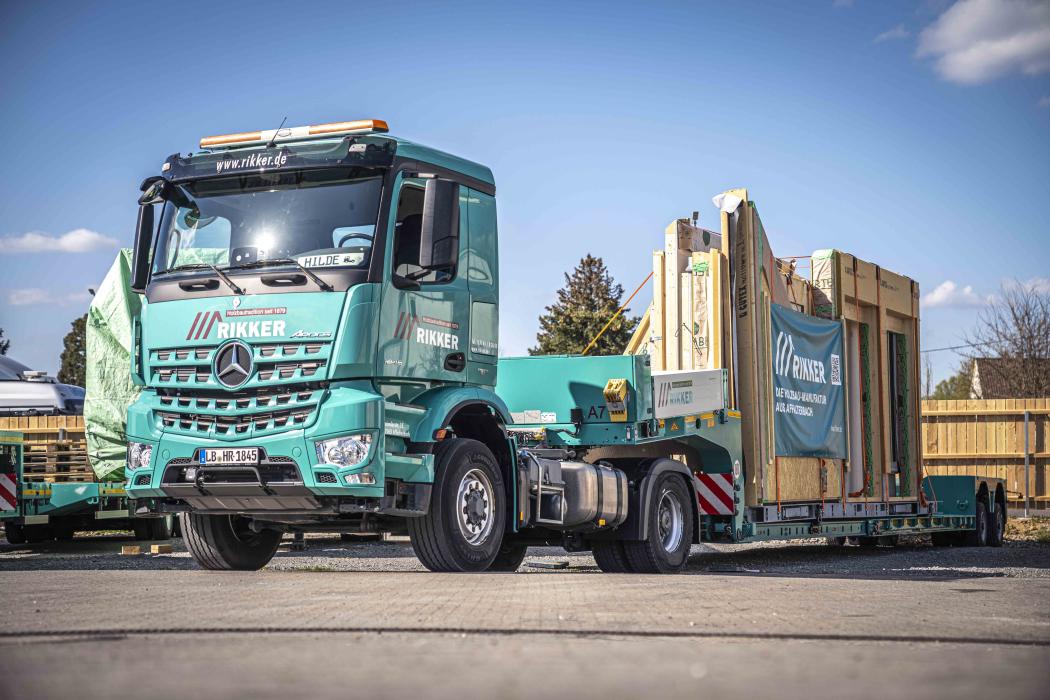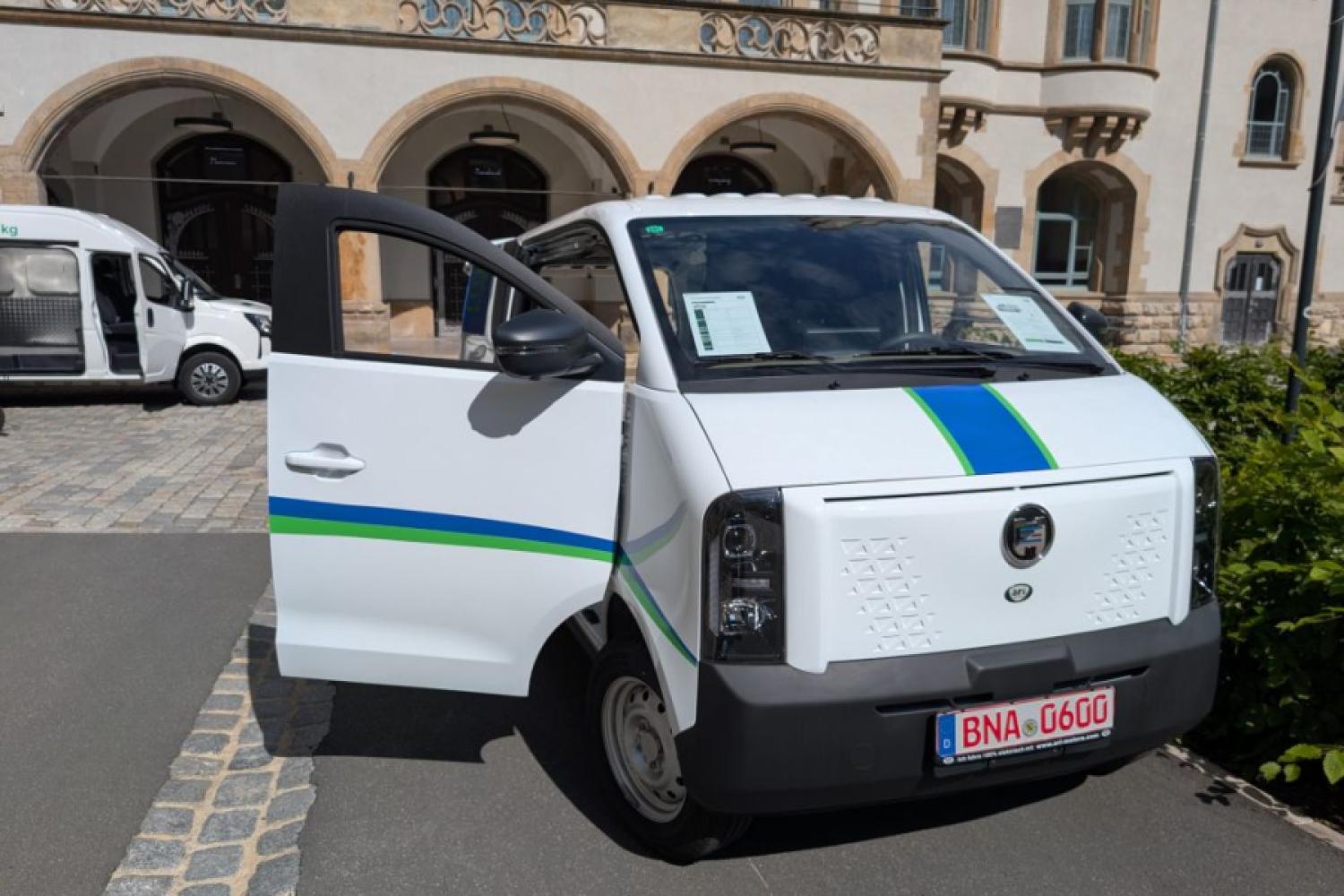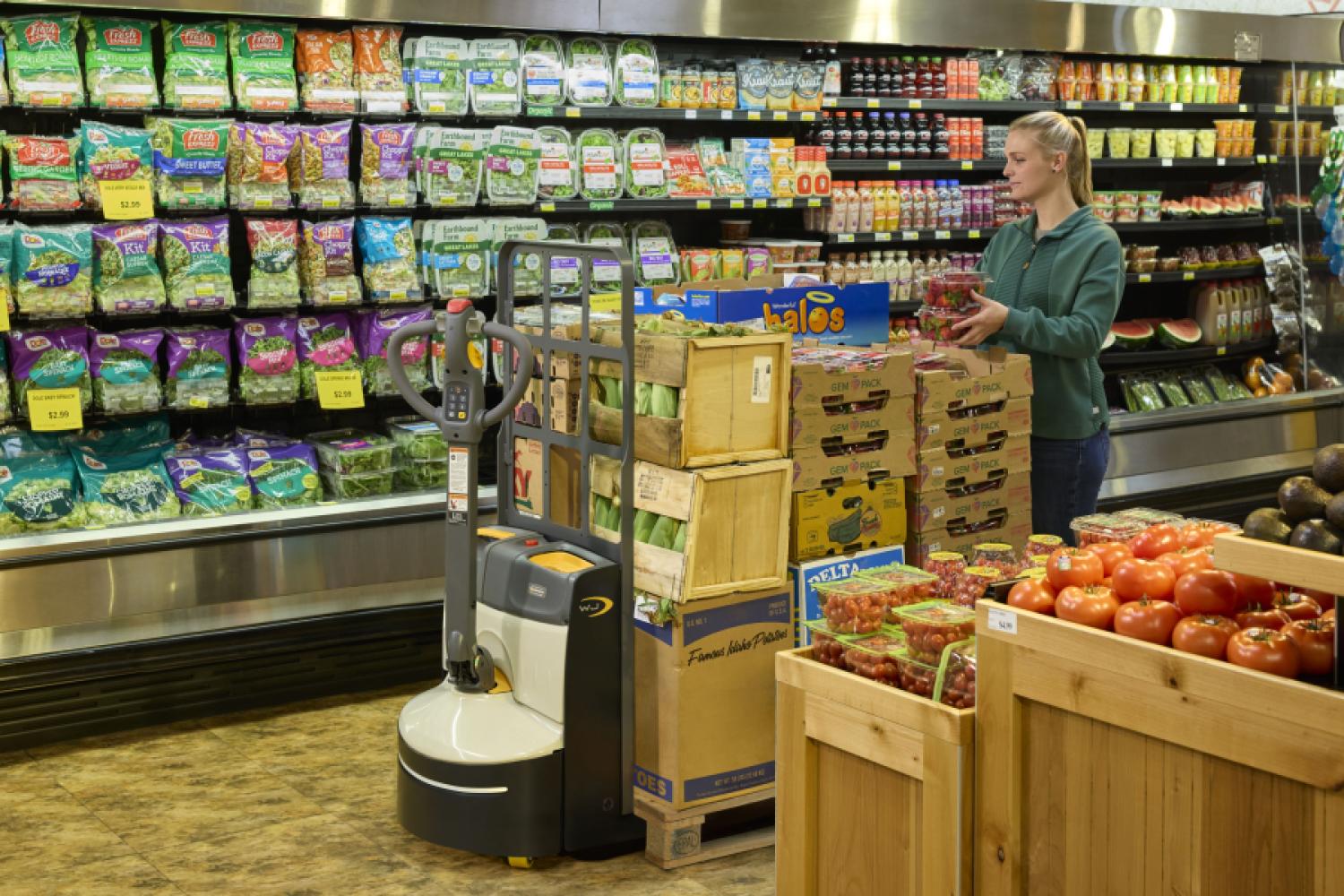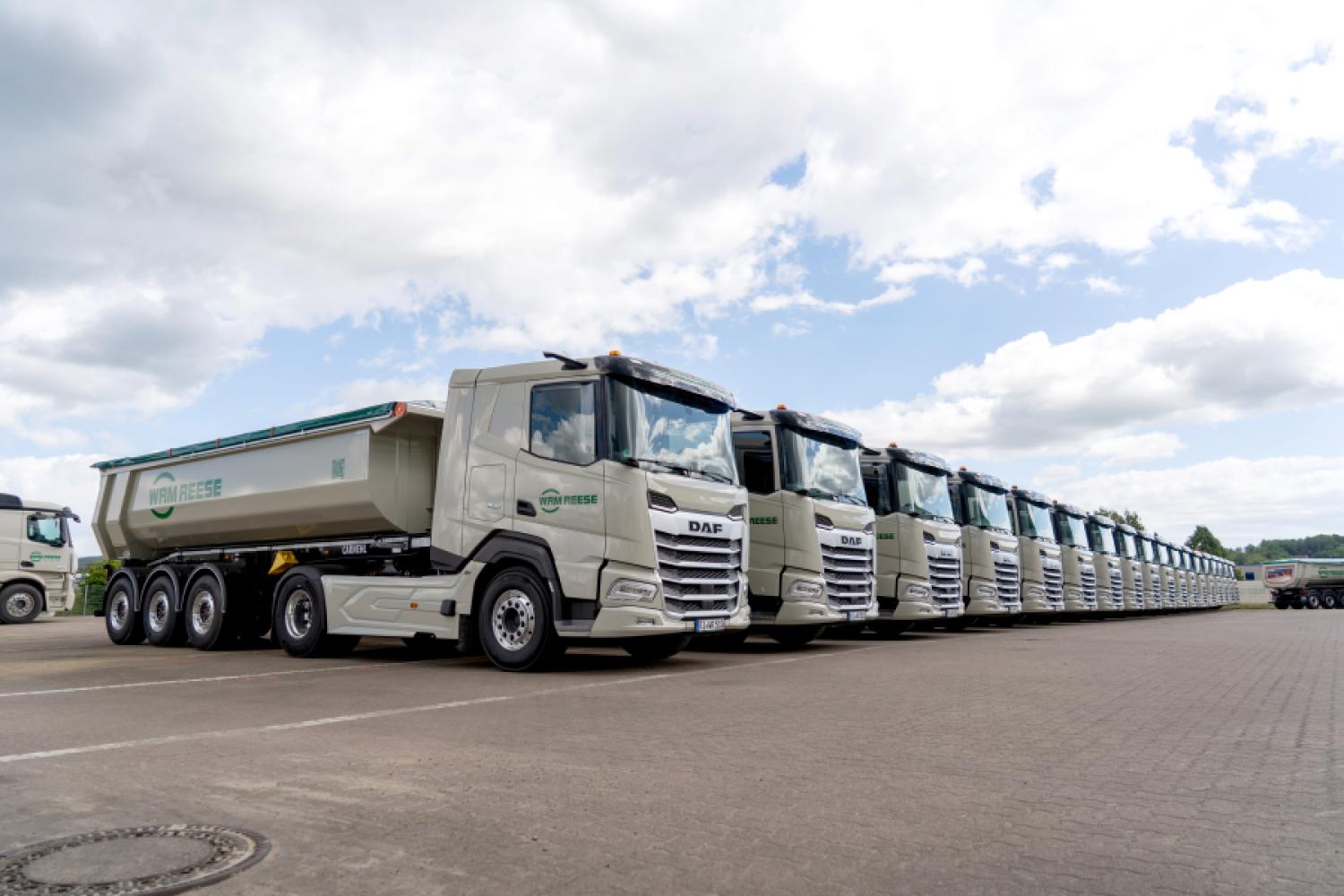With a trailer featuring an especially low loading height, oversized components can also be transported without exceeding the 4.5-meter limit of traffic lights, bridges, or underpasses. Holzbau Rikker from Affalterbach, north of Stuttgart, constructs timber projects in various sizes. The family business completes over 1,000 construction and renovation projects annually.
To implement these as quickly as possible, the wood specialists prefabricate large construction elements before the start of building, and the wall, ceiling, and roof elements can then be assembled on-site within a few hours. This significantly shortens construction time, it is said. David Hermann, dispatcher at Rikker Holzbau:
“Our old trailer reached its limits when transporting the modules, which are becoming larger and heavier. Since our components are often over four meters high, special permits are routine for us. But the real challenge begins in urban areas, where most traffic lights hang at a height of 4.5 meters.”
However, the particularly low loading height
of the low loader makes it possible to transport wooden modules up to 4.25 meters high without needing to dismantle traffic lights or take detours. Hermann:
“Staying below the 4.5-meter mark is crucial for us. Every traffic light removal or detour around bridges and underpasses means a huge logistical effort in densely populated areas and generates significant costs. Since no component is the same in length and size, it was also important for us to acquire a versatile vehicle.”
Telescopic Loading PlatformThe loading platform of the low loader can be telescoped by up to 5,700 millimeters if needed. This way, construction elements of different lengths can be transported with just one vehicle. The trailer is also used for transporting lift platforms or forklifts. David Hermann:
“The low loader has developed into a true multi-tool for us in everyday transport.”
Swap Bodies Without Crane Loading and UnloadingThe prefabricated wood components must not only be transported but
also stored before construction begins. Hermann:
“To use our storage capacities optimally, we switched to a swap-body system years ago. Finished parts go directly onto the swap bodies, saving us space in the hall.”
The driver can also load and unload the swap bodies independently without relying on a crane. This is possible due to the 600 millimeter lift of the Tera axle. To do this, the chassis is first lowered. The low loader then drives under the load frame standing on support legs. When the chassis cylinders lift the trailer to the maximum height, the frame is lifted from the ground and the support legs can be folded up. The unloading works similarly by extending the support legs and lowering the chassis. Hermann:
“This way, we can drop off the elements on the construction site before work begins. This greatly increases the flexibility of our transport times.”
Securing Swap BodiesTo quickly and easily secure
the swap bodies, the low loader is also equipped with container securing locks, known as twistlocks. The operation of the trailer is further simplified by the control system “DOLL control,” as the driver receives all relevant information about tire pressure, weight distribution, load positioning, or the position of the pressure cylinders at a glance on a 7-inch color display. All functions of “DOLL control” can also be controlled via the “DOLL connect” remote control. Hermann:
“Our driver can easily intervene in the steering or set the driving level from the driver's seat. He no longer wants to miss this operating comfort in everyday work.”
If the driver wants to realign the vehicle after manual steering, a single button press on the “DOLL connect” remote control is enough. Manually aligning the axles on a straight stretch is no longer necessary. The electronic tracking (EEP) additionally determines the correct steering angle of the axles automatically when cornering






